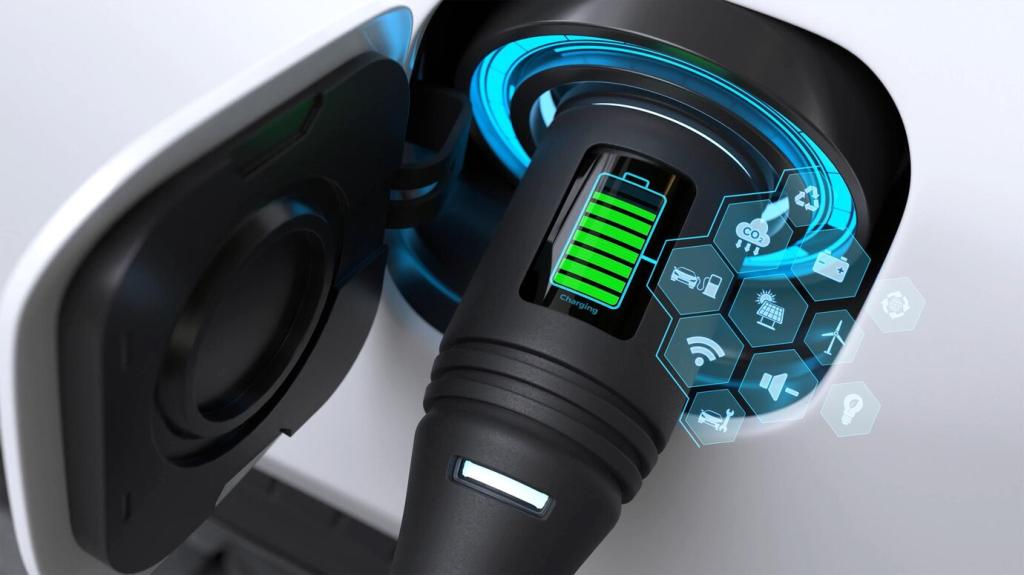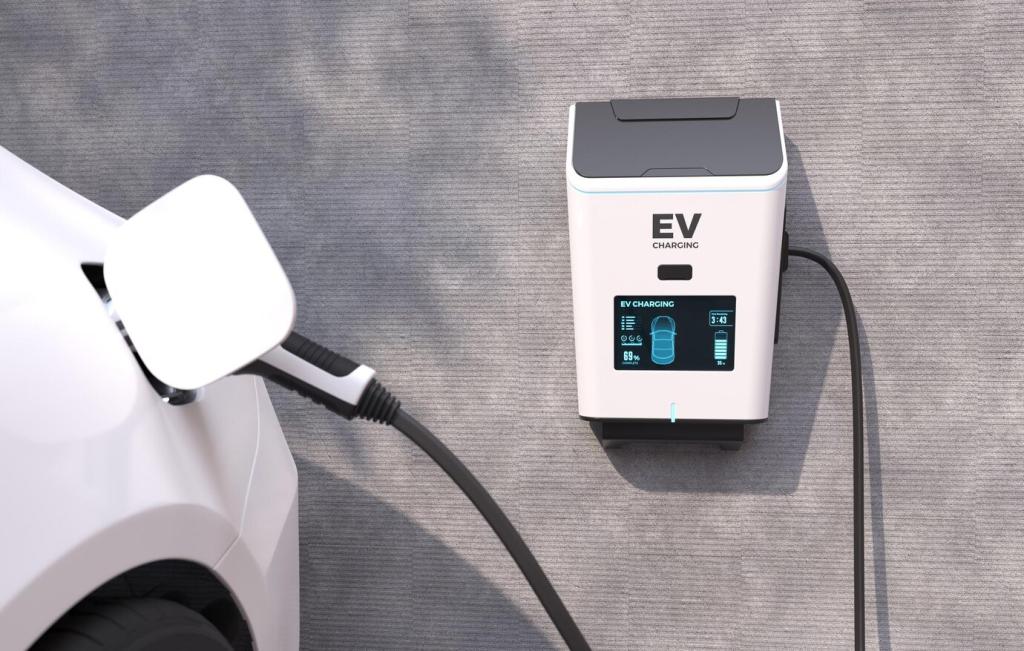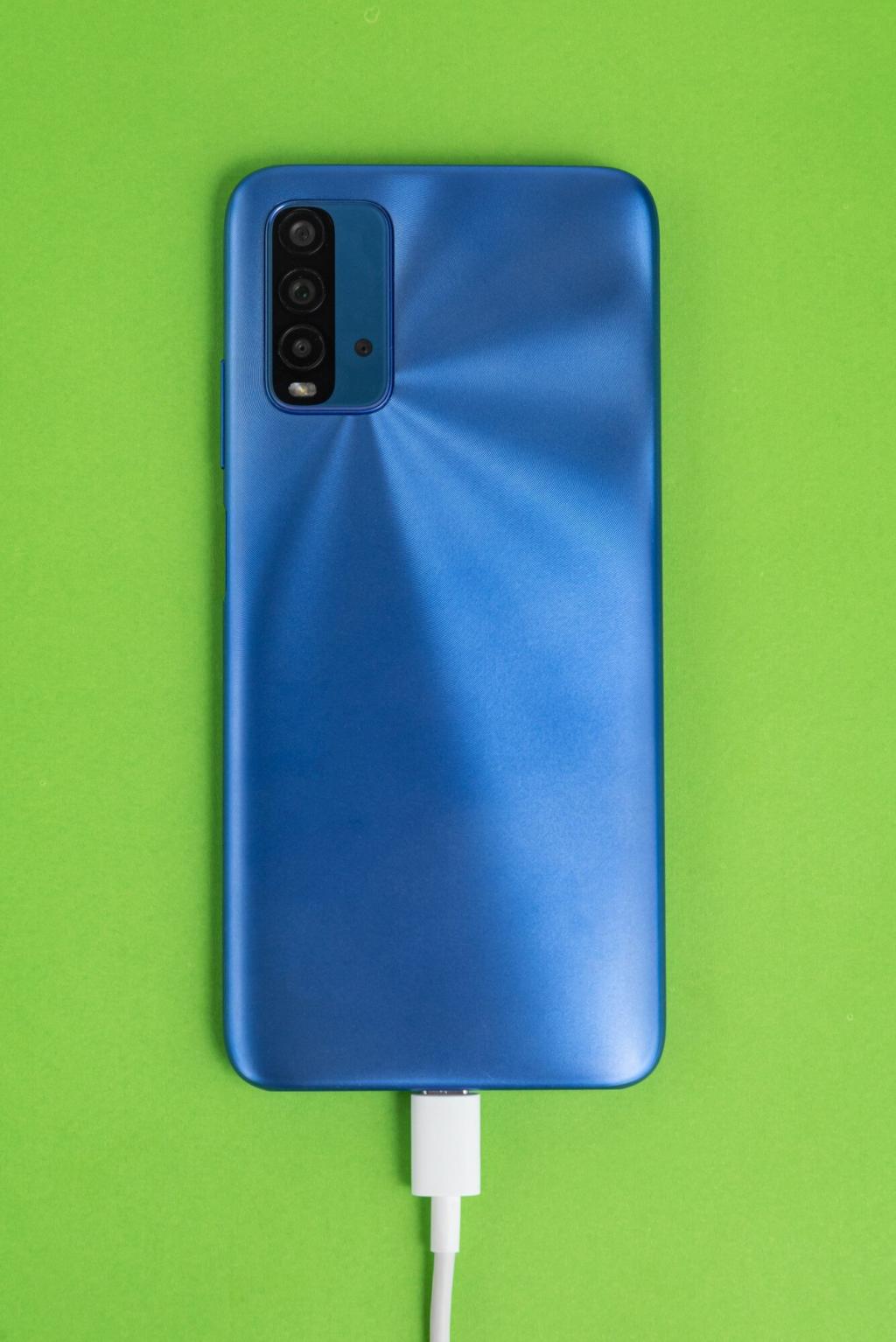Charging Station Installation Best Practices: Build It Right, Charge With Confidence
Calculate existing loads, diversity factors, and anticipated charging demand before committing hardware. A simple load study can reveal whether a panel upgrade, transformer coordination, or managed charging strategy will prevent nuisance trips and protect equipment longevity.
Start Smart: Site Assessment and Power Planning
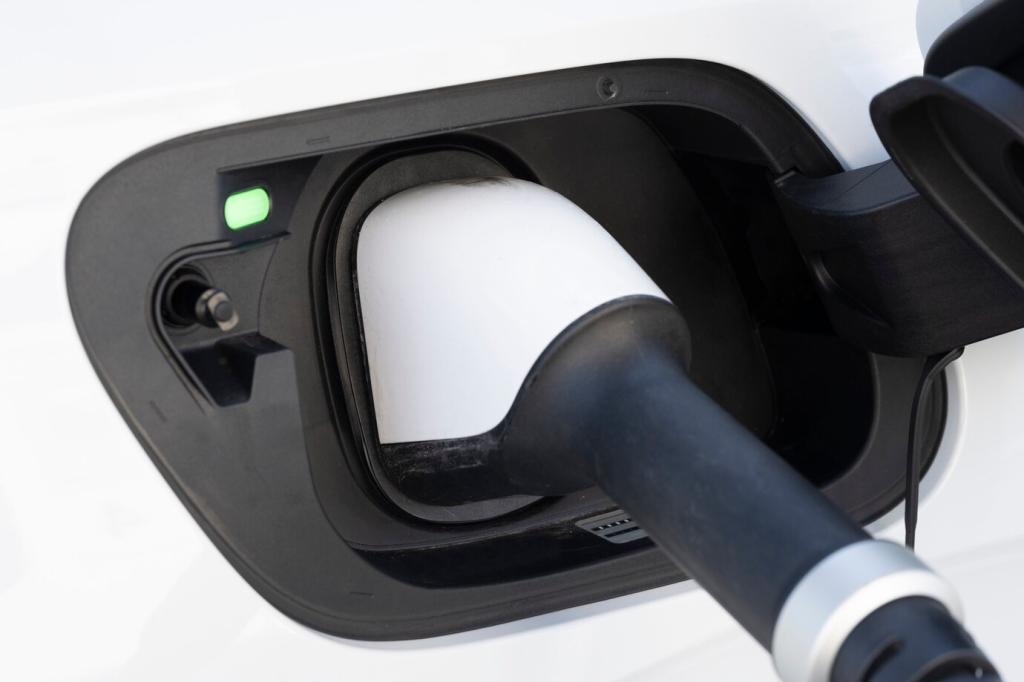
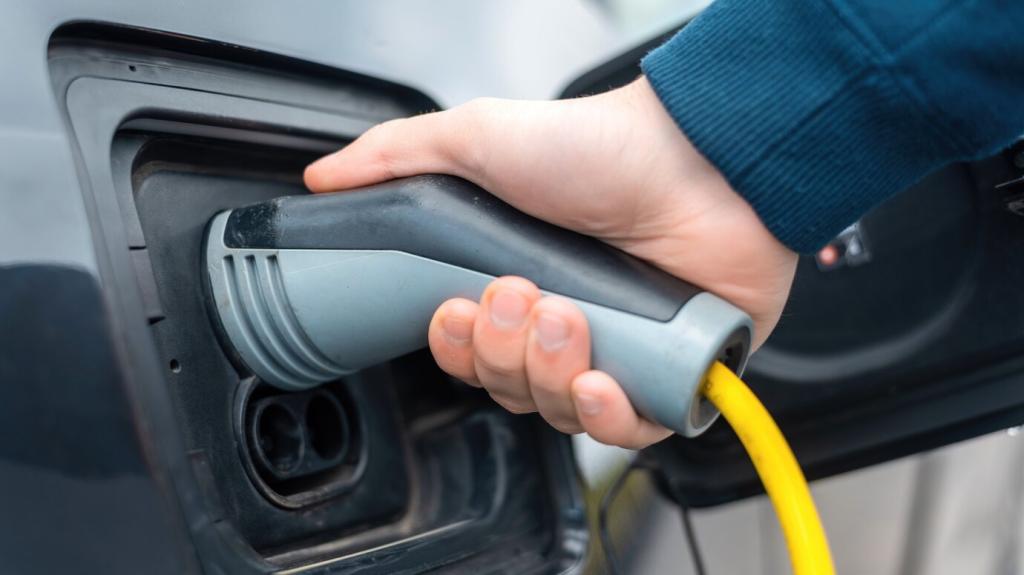
Code Compliance: Permits, Inspections, and Safety First
Study applicable codes like NEC Article 625, local amendments, grounding and bonding requirements, and GFCI protection rules. Verify working clearances, conductor ratings, and labeling conventions. When in doubt, discuss interpretations with your authority having jurisdiction early.
Code Compliance: Permits, Inspections, and Safety First
Prepare a clean package: one-line diagram, load calculations, cut sheets, site plan, and trench details. Clear documentation accelerates approvals and inspection scheduling. Invite feedback from the plan reviewer, then update drawings once—rather than changing mid-installation.
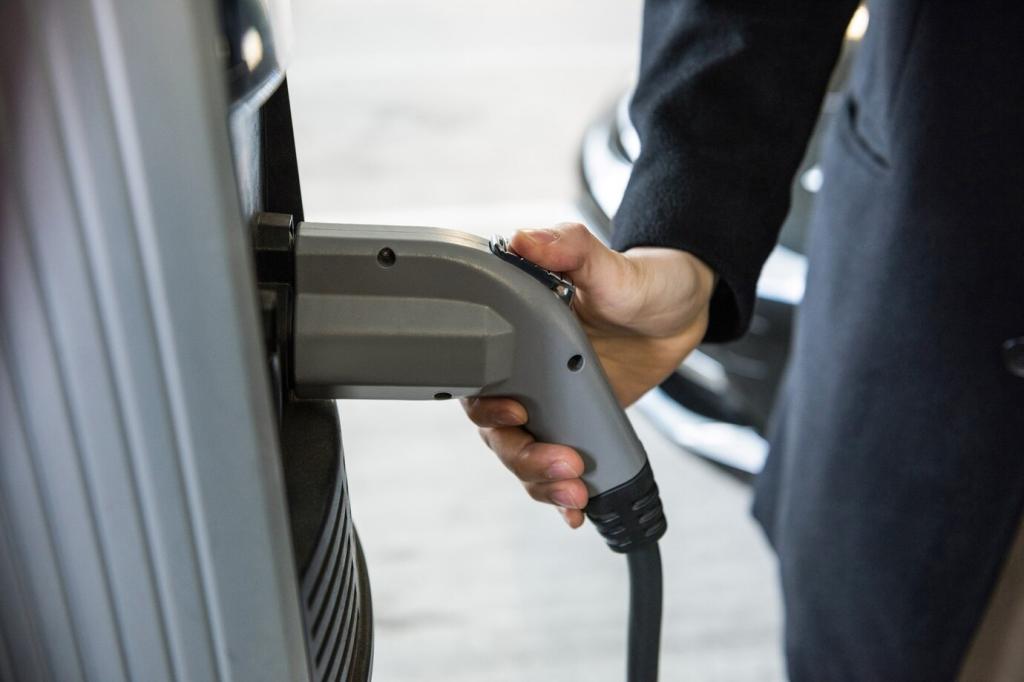
Execution on Site: Safe, Clean, and Precise Installation
Follow lockout/tagout rigorously and use calibrated torque tools. Under-torqued lugs overheat; over-torqued lugs damage threads. Record torque values on a commissioning sheet so maintenance teams inherit confidence, not guesses, when they service equipment later.
Connectivity, Control, and Cybersecurity
Survey cellular strength, Wi‑Fi coverage, and Ethernet routes. Budget for external antennas or edge gateways where signals struggle. Redundant connectivity can preserve uptime during outages, keeping sessions alive and customers satisfied even on the busiest weekends.
Connectivity, Control, and Cybersecurity
Whether you choose open access, RFID cards, or app-based authentication, keep it intuitive. Clear instructions at the station reduce support calls. Pilot the workflow with a few real drivers, then refine signage and app prompts based on their feedback.


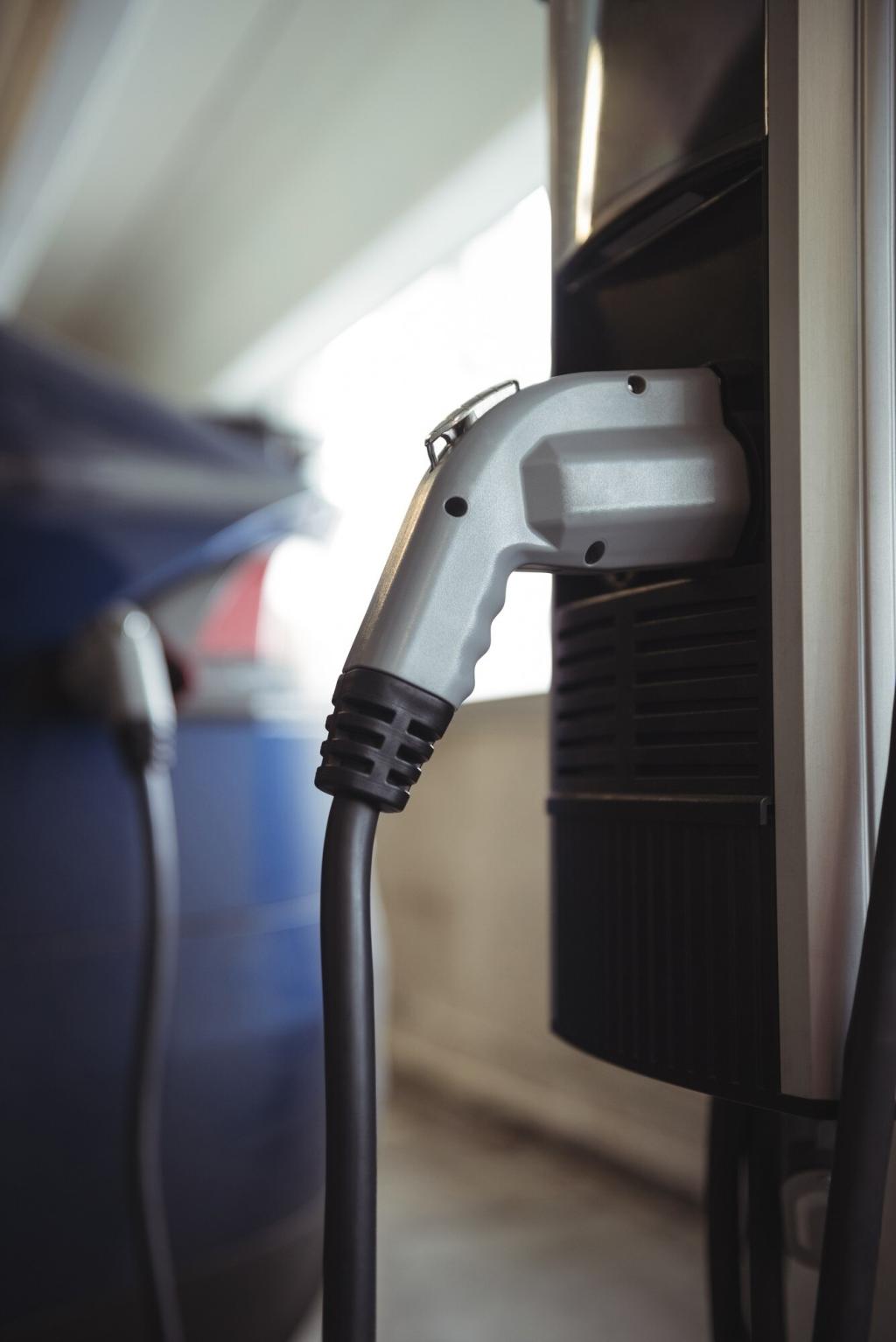
Signage that guides, not confuses
Use consistent symbols, arrows from entrances, and pavement stencils that stay visible in rain or snow. Post simple start steps at eye level. If drivers hesitate, they block lanes; if they glide in, sessions start smoothly and stress-free.
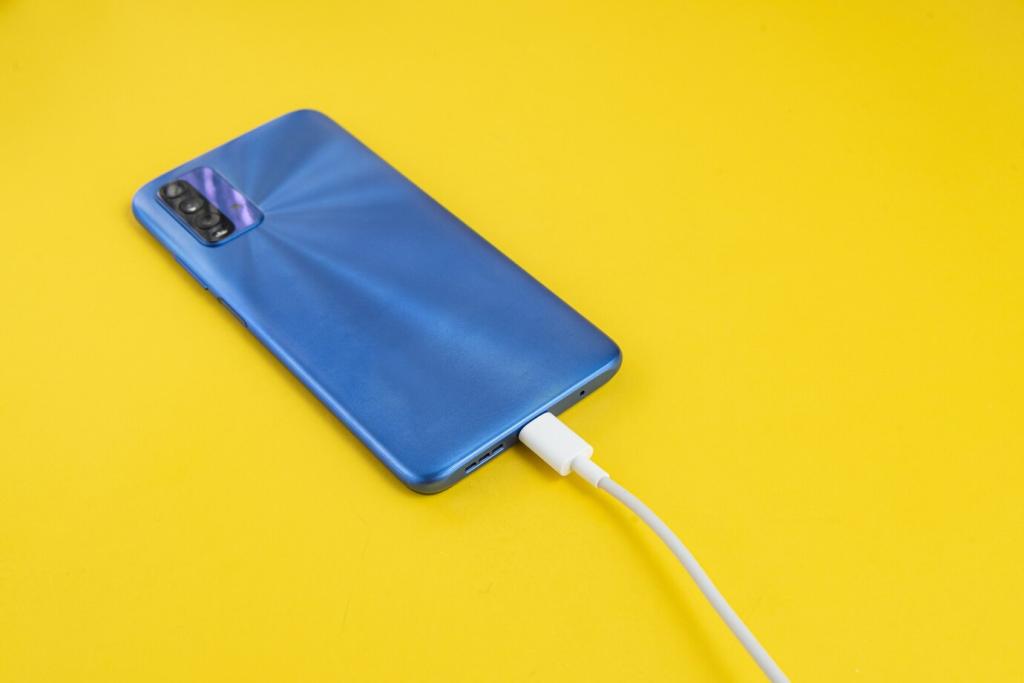
Accessibility built into the layout
Design for wheelchair access, gentle slopes, and reachable connectors without stretching. Keep bollards protective but not obstructive. Consider cord reach for both front and rear charge ports so every driver can plug in comfortably and independently.
